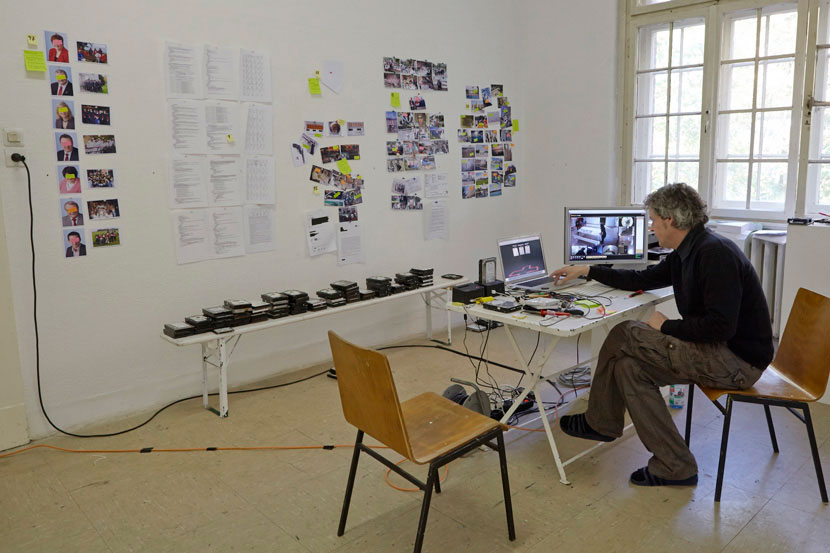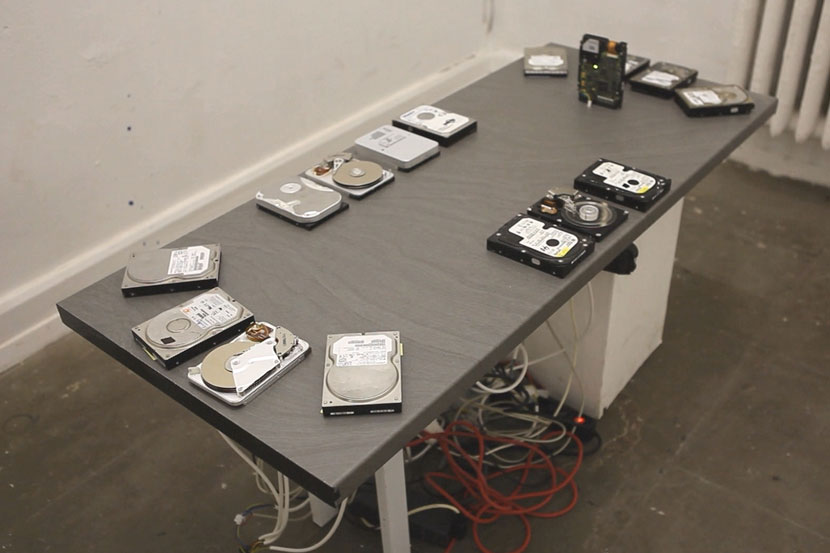Data Recovery from 99 “Trash”-Harddisks
The control of personal data is not only problematic with it's ease of availability, but also in it's interpretation and thus it's risk of abuse. Here Mr Nilling is restoring data from private disks and has used it fictitiously for threat analysis just as available data could be used in the same way by governments, corporations and organizations for their own purposes. Not only since the NSA- or BND- the question of how to deal with this issue has arisen.
In times of computer programs that make predictive statements about a persons future behaviour, analysing available data for companies assessing their customers. Governments persecute, imprison and torture people following to their traces in the global internet network. The question of accessibility, interpretation and use of data is becoming increasingly important and requires a social discourse.


.
- Dept. ÜBK1 – Clerk Hr.Nilling –
The data analysis and its operating compilation takes place in this room.
Staged as an “office”. The viewer should feel they are in a “control center”. The exhibited photos have PostIt-notes over the eyes of the people rendering them “unrecognizable”. Text excerpts are blackened in letter or mail traffic to hide identifiable locations.
On the computer monitor, a compilation of live images is also seen from surveillance cameras that Mr. Nilling had previously installed throughout the house. The software is “tracking” the exhibition visitors.
- Main Database – Dept. ÜBK1 –
Installation in the adjacent room with 16 hard drives – the video
When working with the hard drives, it became apparent that these produced sounds when damaged. By manipulating other disks (targeted hammer blows and adjustment of the deck plates), a kind of “concert” was created, a combination of different tones. Installed in the adjacent room to the control centre are 16 hard drive. Arranged in four groups, connected with cables and controlled by motion sensors, the visitor triggers the “work” and thus becomes the active part of the “data analysis”.

